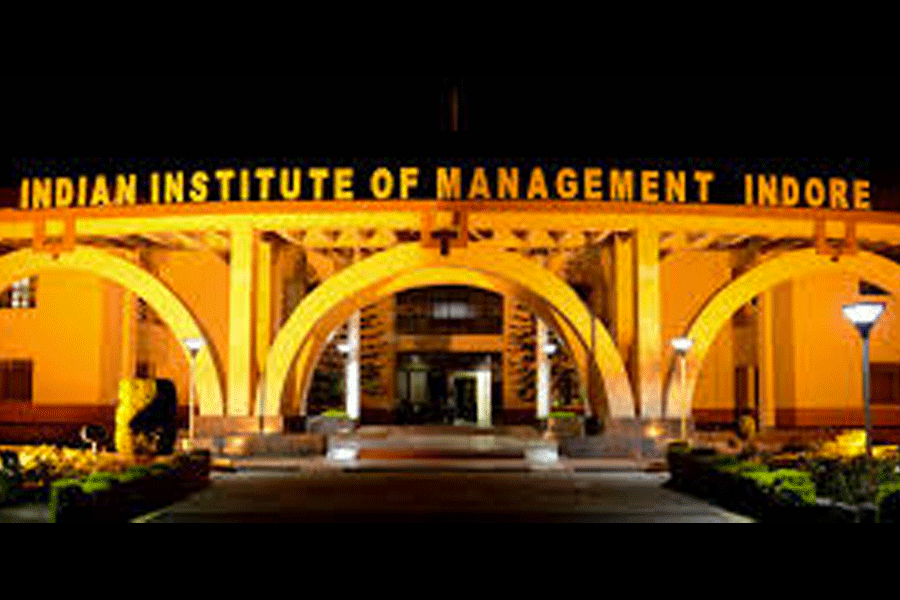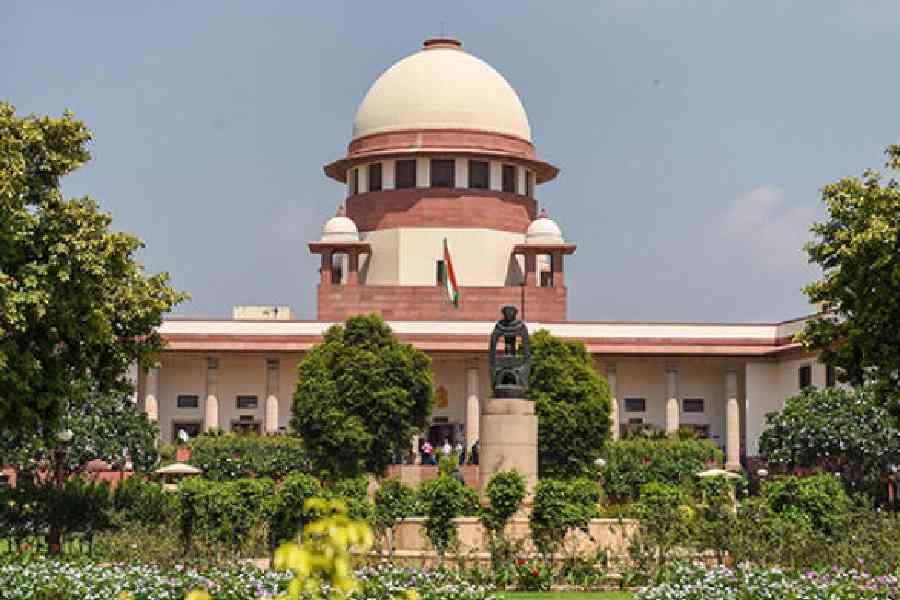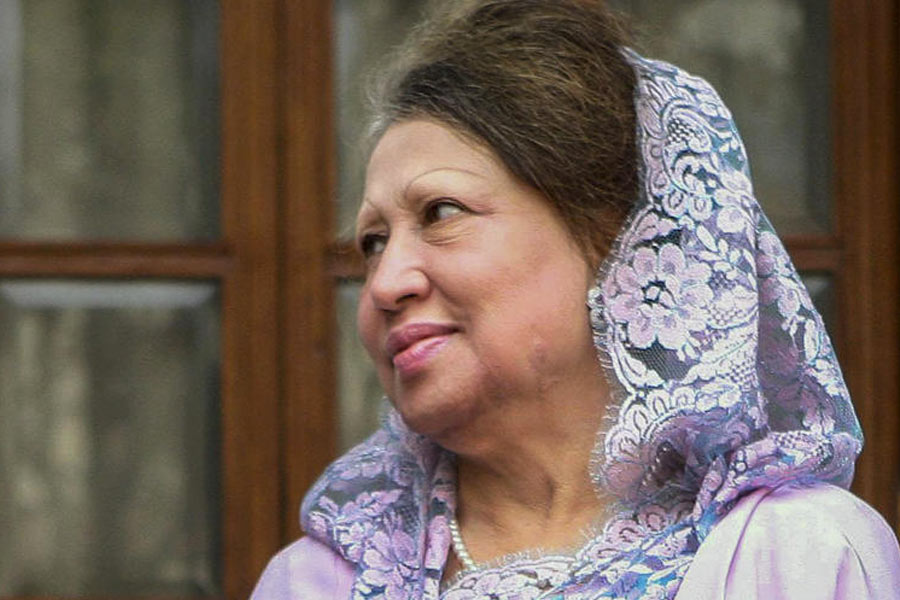 |
| The cover of Brown’s grammar |
Jorhat, July 18: The reprint of Rev. Nathan Brown’s Grammatical Notices of the Assamese Language (1848), released on July 9, has revealed the multiple “surgeries” and distortions the simpler original Assamese orthography has undergone during its Sanskritisation.
Chief editor of Axomiya Jatiya Abhidhan, Devabrata Sharma, who has republished Brown’s grammar on behalf of Asom Jatiya Prakash after coming across the only extant copy at Berkeley library in California, USA, said many skeletons had tumbled out of cupboards after the reprint was released.
“Though Brown’s grammar is chronologically the second grammar in Assamese, thematically it may be considered the first, because the only grammar preceding it was written in 1839 by William Robinson, which considered Assamese a part of the Bengali dialect. It was Brown who first grammatically proved that Assamese was an independent language, quite different from both Bengali and Sanskrit,” Sharma said.
He said Miles Bronson’s A Dictionary in Assamese and English, printed in 1867, supported Brown’s grammar and proved to be a providential instrument in the historic debate as to whether Assam’s official language should be Assamese or Bengali.
Brown-Bronson’s joint effort convincingly clinched the debate in favour of Assamese, which was again made the official language in 1873. The British had replaced Assamese with Bengali in 1836.
But, Sharma said, the debate was far from over. Soon the debate over the “modern” Assamese language began.
He said Hem Chandra Barua advocated a Sanskritist-Brahminical approach in contrast to the independent Assamese path tread by the Brown-Bronson duo. “Barua fortified his position by bringing out the Asomia Bhaxar Vyakaran (1859), a grammar, and Hemkosh, a dictionary published posthumously in 1900. This move was further strengthened by Brown and Bronson’s departure from the country and ‘disappearance’ of Brown’s grammar and Jaduram Deka Barua’s Bengali-Assamese dictionary, on which both Brown’s grammar and Bronson’s dictionary were based orthographically. The victory march of the Sanskritist school, therefore, continued uninterrupted,” Sharma added.
He said the reprint had raised questions about “surgical distortions”, and “purposeful efforts to suppress hard academic evidence” by those who had censored 21 pages of the text in later editions. “The Asomiya Jatiya Prakash committee has alleged that Rev. P.H. Moore, who edited and revised Brown’s book in 1893, as well as litterateur Nagen Saikia, who re-edited it in 1992, were responsible for surgically censoring as many as 21 pages of Brown’s introduction, in which he had laid the foundation of his grammar.
“Jaduram Deka Barua’s contribution was clearly mentioned in Brown’s introduction: ‘The work, which made the nearest approach to a regular system, was a manuscript Bengali dictionary with Assamese definitions, prepared by Jaduram Deka Barua, a learned Assamese pundit. The orthography of this book was found to correspond much better with the actual pronunciation than any other that had been met with; the greater portion of the redundant were discarded; while the general forms of words agreed, for the most part with those found in the buranjis (historical records of the Ahom kings who ruled Assam for more than 600 years from the 13th century.)’,” he said.
The question being raised now is whether the Brown-Jaduram’s original version was suppressed and hundreds of distortions were introduced in the language just to facilitate the ascension of Hem Chandra’s sanskritised portions.
Sharma said former Sahitya Sabha president Nagen Saikia, while editing the censored version of Brown’s grammar as well as the 1982 reprint of the 1859 edition of Hem Chandra’s grammar, had written that “minor” changes had been made to Brown’s grammar while Barua’s book stayed untouched. “Does this betray academic double standards in a bid to eliminate opposing viewpoints, is the question being asked in literary circles,” he said.
Regarding Saikia’s claim (in The Telegraph dated July 7), that he did know the contents of the original text of Brown’s grammar, as it was not available when he had reprinted Moore’s copy in 1982, Sharma said it had been made available in the last decade and could have been easily accessed on the internet.
Saikia, while refuting Sharma’s allegations, said it was impractical to go back more than 150 years and accept Brown’s orthography. “The language has evolved much since those times and there can be no question of going back to the age when missionaries printed the first weekly newspaper, Arunodoi, in the early 1840s. Moreover, if one of the most difficult languages to learn — English — with all its variance in spelling and pronunciation can hold its place as one of the world’s most popular languages, then why can’t Assamese be learnt in a similar fashion? This is not a solution to making Assamese popular,” he said.
Litterateur and former Asam Sahitya Sabha general secretary Basanta Goswami said Assamese literary writings had been extant since the fourth century AD and if Brown’s text were to be accepted, then all these writings would have to be studied in detail before taking a decision. “In the 14th century, the Ramayana was also translated into Assamese. This and other texts of those times should be studied to find out how much of Sanskrit influence was there, before taking a decision in favour of Brown’s orthography,” Goswami said, adding, “We will have to learn Assamese as has been taught and as it has evolved. Making it simpler based on Brown’s orthography is impossible.”
Assistant editor of Hemkosh Nagen Thakur said he found no reason for removing those Assamese alphabets that came in twos and sounded the same. “The origin of Assamese is Sanskrit and there is no harm if such letters or words exist and I do not agree that these are redundant. For more than 150 years, people have grown up learning the language like this, so what is the need for simplification now?” he asked.
Head of Sanskrit department of Kanoi College, Dibrugarh, M. Hazarika, however, said the Assamese words spelt in consonance with Sanskrit words were indeed confusing, as pronunciations of duplicated alphabets, like na, xa and ja, sounded the same, unlike in Hindi and Sanskrit, which had distinct sounds for each alphabet.
Former head of Gauhati University’s Assamese department Golok Goswami and former principal of Guwahati-based Pragjyotish College B. Maral have been advocating removal of “redundant” Assamese alphabets since the early seventies.
“We should remove or rationalise the use of these letters. Those who are opposed to this should come up with logical arguments in favour of retaining such letters or vowels instead of obstinately clinging to their own opinion. The question here is not of going back, but moving forward to a new simpler system that can be adapted into computers as well,” Golok Goswami said.











